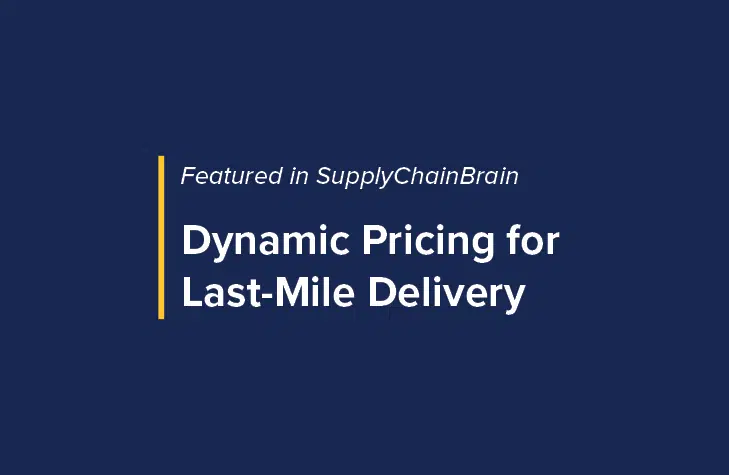In the wake of the post-pandemic e-commerce boom, the dynamics of the parcel shipping industry have undergone significant transformation, forcing businesses to adapt their fulfillment strategies to remain competitive and cost-effective. To provide valuable insights on how to navigate this shifting landscape, our parcel industry experts have identified key trends and opportunities that businesses can leverage to optimize their shipping costs and enhance service levels.
How has parcel shipping changed?
The parcel shipping landscape has been significantly impacted by numerous factors in recent times. Many parcel shippers negotiated their contracts at a time when national carriers held the upper hand during pandemic-induced volume fluctuations. However, the scenario has now shifted, with national carriers facing volume challenges compounded by the addition of more than 130 regional providers to the marketplace. Furthermore, accessorial charges, such as the Delivery Area Surcharge (DAS) and fuel surcharges, have undergone fundamental changes, affecting businesses across the board.
Take advantage of opportunities now.
Despite the disruptions and challenges, the evolving parcel shipping industry is presenting unique opportunities for businesses to optimize costs and service levels. Regardless of shipping volume, increased competition typically unlocks significant savings by carefully assessing service levels, carrier selection and cost optimization strategies. Key steps in taking advantage of these opportunities include:
- Understanding the impact of newly expanded DAS maps on fulfillment costs.
- Exploring different service level options with existing carriers, such as USPS Ground Advantage.
- Leveraging new carriers, including regional parcel carriers, postal consolidators or other national carriers to diversify shipping options.
- Regularly updating parcel transportation management systems (TMS) or parcel rating engines to ensure they reflect accessorial changes or rate increases, enabling least cost routing and compliance with carrier requirements.
- Analyzing fulfillment network locations annually to adapt to evolving product sales trends and customer buying habits.
Leave nothing on the table.
The increasing competition within the parcel carrier industry has opened a window of opportunity for businesses of all sizes to explore options that reduce costs and improve distribution efficiency. By understanding market trends and the evolving demands of customers, businesses can adapt their parcel strategy to enhance their bottom line while meeting the evolving demands of their customers.
As the logistics landscape continues to evolve, businesses that remain proactive in adapting their parcel shipping strategies will be well-positioned to thrive in the dynamic marketplace of 2024 and beyond.








